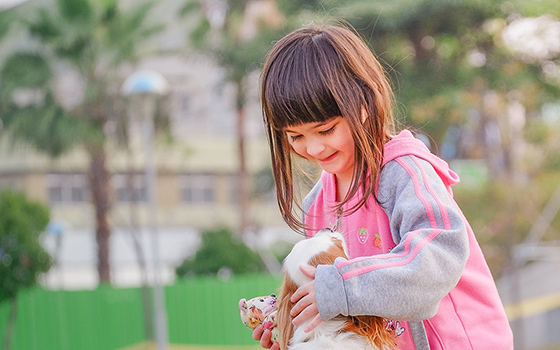Search
Research
Energy drink intake is associated with insomnia and decreased daytime functioning in young adult femalesTo investigate the association between energy drink (ED) use and sleep-related disturbances in a population-based sample of young adults from the Raine Study.
Research
Effectiveness of Foodbank Western Australia’s food sensations® for adults food literacy program in regional AustraliaFood Sensations for Adults, funded by the Western Australian Department of Health, is a four-week nutrition education program focused on food literacy, with demonstrated success amongst Western Australians. In the last two years, 25% of programs have been in regional and remote areas and therefore the aim of this research is to explore the impact of the program in regional areas.
Research
The relationship between physical activity, self-regulation and cognitive school readiness in preschool childrenLimited research exists on the pathways through which physical activity influences cognitive development in the early years. This study examined the direct and indirect relationships between physical activity, self-regulation, and cognitive school readiness in preschool children.
Research
Cohort Profile: HABITAT-a longitudinal multilevel study of physical activity, sedentary behaviour and health and functioning in mid-to-late adulthoodThe benefits of physical activity in reducing the risk of non-communicable diseases are well documented. Physical inactivity contributes to 6–10% of the burden of coronary heart disease, type 2 diabetes, and breast and colon cancers.
Research
Play Active physical activity policy intervention and implementation support in early childhood education and care: results from a pragmatic cluster randomised trialPolicy interventions to increase physical activity in early childhood education and care (ECEC) services are effective in increasing physical activity among young children. However, a large proportion of ECEC services do not have nor implement a physical activity policy.

Our Child Physical Activity, Health and Development team focuses on improving children’s physical activity levels, health and development. We work to uncover the best environments, policies and programs to facilitate physically active lifestyles for lifelong health and wellbeing.
Research
Incorporating Children's VoicesInforming urban planning and policy development to grow equitable access to healthy environments for young people and their families.
Research
Activated Outside School Hours Care (OSHC)Hayley Karen Christian Lombardi BSc (1st Class Hons), PhD (Distinction) W.Aust. BHSc (Hons), PhD Head, Child Physical Activity, Health and
Research
BEACHES: Built Environments and Child Health in WalEs and AuStraliaThe BEACHES project aims to provide high quality evidence of aspects of the built environment which can be modified to reduce the negative impact on children’s physical activity, eating behaviours and weight status.
Research
Family Friendly EnvironmentsHayley Christian BSc (1st Class Hons), PhD (Distinction) W.Aust. Head, Child Physical Activity, Health and Development; Ascend Senior Research Fellow
